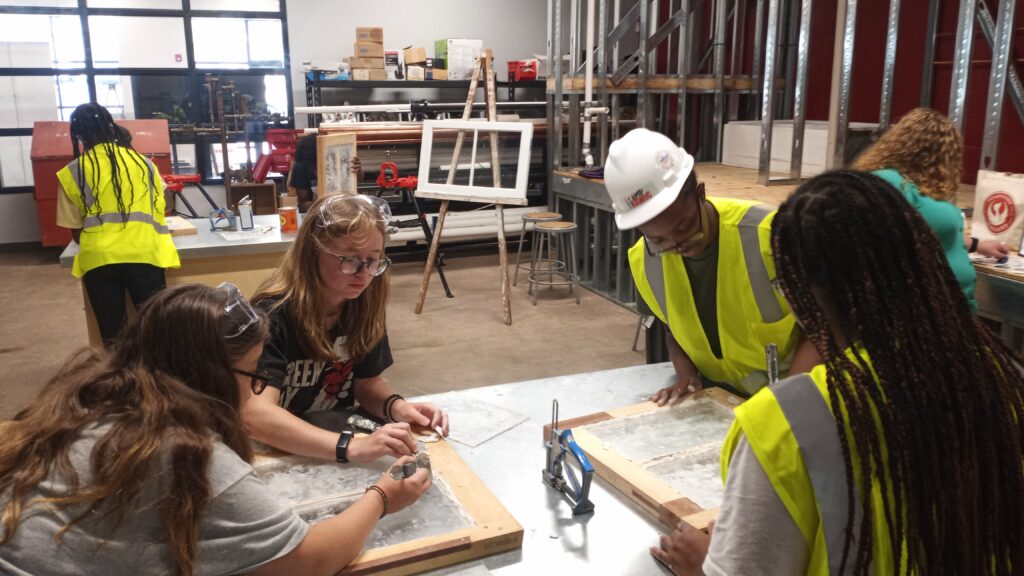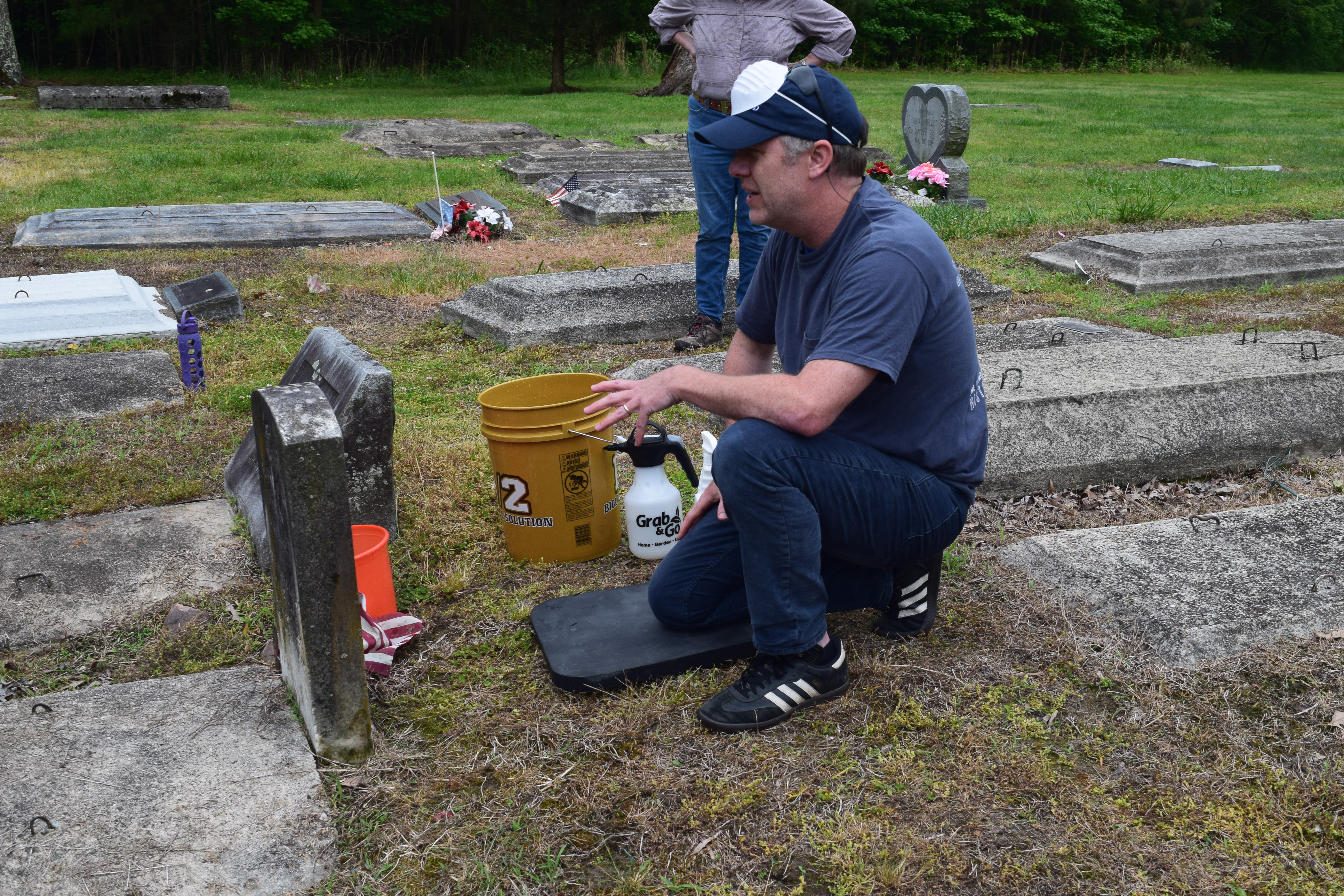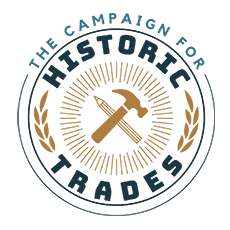
Given the national shortage of trades workers and the retiring-out of a significant portion of the trades workforce, it is imperative that there is a spectrum of pathways for various types of learners to engage with and enter the trades. Traditionally, the trades were taught through the rote development of fundamental skills that progressively lead to the mastery of material and method. The quality of the work was the direct manifestation of experience, not a proscribed ethos. Though this system was not perfect it was able to fulfill industries need for competent trades workers for millennia. As this method of vocational training has waned in many vocations, more structured pathways within educational institutions have been developed to fill the void. Historically, preservation-trades programs have been developed using materials derived from post-secondary education programs. This tends to impart structural bias towards the academic elements of preservation and risks alienating potential instructors and students that have not thrived in conventional academic environments.

To increase the appeal and accessibility of the preservation trades, greater attention needs to be paid to the crafting of quality educational materials that focus on equity and accessibility. The expectations placed on all students based on the conventional frameworks of teaching “reading, writing, and arithmetic” can become a substantial barrier to true accessibility. Inattention to the need for multiple pathways of engagement for a diverse spectrum of learners can increase the challenges of recruitment and retention, as well as exacerbate the gentrification of the preservation trades. To address these fundamental challenges, our design process will focus on building content intended to reduce structural barriers within curricula and focus on the needs of those learners that may otherwise struggle the most. To achieve these goals, we will be incorporating the principles of Universal Design for Learning.
Since 1984, the Center for Advanced Special Technologies (CAST) has been developing the field of Universal Design for Learning (UDL) through research, development, teacher training, and outreach. At its core, UDL focuses on educating teachers how to better engage the diversity of learners through increased attention to engagement, representation, and expression. Broader engagement is sought through the kindling of excitement and curiosity for the content within the learner. Given the breadth of ways learners perceive and comprehend information, multiple means of the representation of information are employed to optimize engagement. Because learners are not all going to express themselves in the same ways, they are provided with various options for conveying understanding of content. We will utilize UDL, as a framework for developing and incorporating best practices for increasing the successful engagement of the broadest spectrum of learners into our curricula.

The Campaign endeavors to promote the merits of the traditional trades across all levels of education. Recognizing that an interest in the trades needs to be inspired by exposure at an earlier age, The Campaign is developing education resources that focused on introducing students of all ages to the materials, methods, and techniques associated with the traditional trades, i.e., carpentry, masonry, etc. Because vocational training has all but been eliminated from lower education i.e., kindergarten through eighth grade, we will create quality resources for teachers that will focus on the fundamental concepts of the manipulation, modification, and assembly of materials.
Educators, instructors, or program initiators alike will have access to the openly licensed documents, pictures, illustrations, drawings, and books used in the creation of our content. This material can act as a curricular foundation upon which those looking to start programs can build. The Open Educational Resources (OER) framework is yet another tool that The Campaign will employ as it endeavors to improve access of training for the traditional tradespeople needed to support the ever-growing construction industry. Though it is our intent to make our materials freely available, we also want to ensure that they are used in a way that furthers our belief in equity and accessibility. To that end, The Campaign’s curricular and instructional materials will be licensed through the Creative Commons as CC BY NC SA.
Content for this blog was researched and written by Benjamin Curran, Curriculum Developer for The Campaign for Historic Trades.
